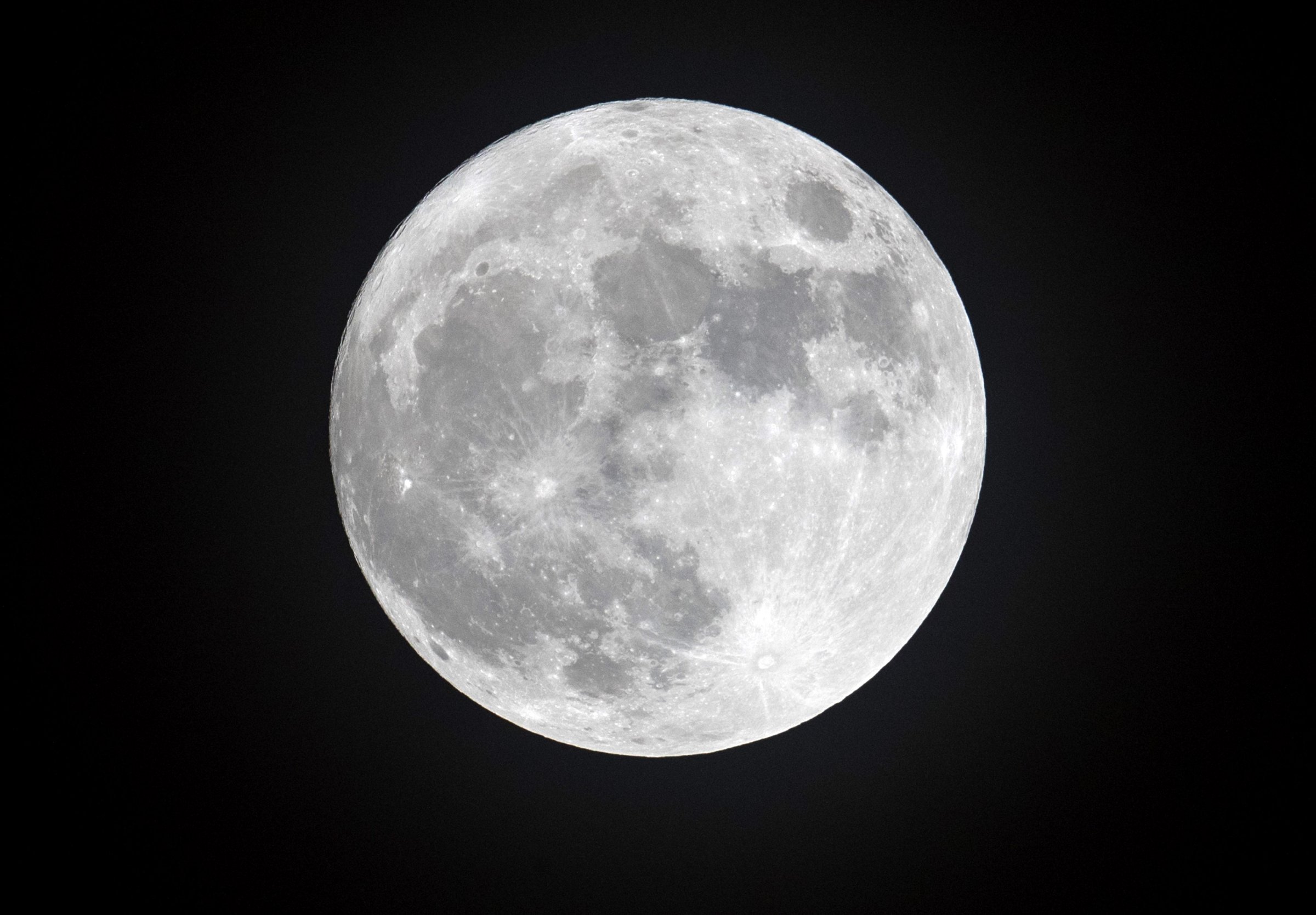
February blues got you down? This time of year can seem dreary when temperatures drop and the sun sets early. But this Friday, nature is giving everyone an excuse to get out of the house and appreciate its wonders.
Friday will feature a full moon, a lunar eclipse and a green comet sighting — all on the same night, Weather.com reports.
The festivities start early Friday evening with February’s full moon, called the Snow Moon. This nickname comes from Native Americans who used the moons as a way to track the seasons, according to the Old Farmer’s Almanac.
Instead of seeing a traditional round circle lighting up the sky, people will observe a penumbral eclipse, when the moon, sun and Earth align to create a subtle shadow, according to EarthSky. Penumbral eclipses can be difficult to see because they are less dramatic than a total or partial eclipse. But this one will likely appear as a dark shading across the moon’s surface, EarthSky reports.
People who live on the east coast will first be able to see the Earth’s shadow around 5:32 p.m., according to Space.com. The moon will grow dimmer over the next few hours and the eclipse will peak at 7:43 p.m. EST. It should take another two hours for the moon to get back to normal, and by 9:55 p.m. you can expect the moon to be completely outside Earth’s shadow.
In other parts of North America and the western part of South America, the eclipse will reach its peak before the full moon has risen. In East Asia, observers may miss part of the eclipse because the eclipse will peak while the moon is setting there. But regardless of where you watch from, the middle of the eclipse time will be the most interesting, according to Sky & Telescope magazine.
Anyone who wants to stay up extra late can catch the third event on Friday, which consists of Comet 45P/Honda-Mrkos-Pajdušáková — also known as the New Year comet — streaking by the Earth. It will be visible just before dawn on Saturday, according to Weather.com, but you’ll likely want binoculars to get a good look.
The comet, which was discovered in 1948, will be the closest it’s been to Earth since 2011. But never fear, if you miss out this time or just want more space sights, there will be another comet known as C/2015 ER61 visible in April through mid-May, according to Sky & Telescope.
More Must-Reads from TIME
- Cybersecurity Experts Are Sounding the Alarm on DOGE
- Meet the 2025 Women of the Year
- The Harsh Truth About Disability Inclusion
- Why Do More Young Adults Have Cancer?
- Colman Domingo Leads With Radical Love
- How to Get Better at Doing Things Alone
- Michelle Zauner Stares Down the Darkness
Write to Abigail Abrams at abigail.abrams@time.com